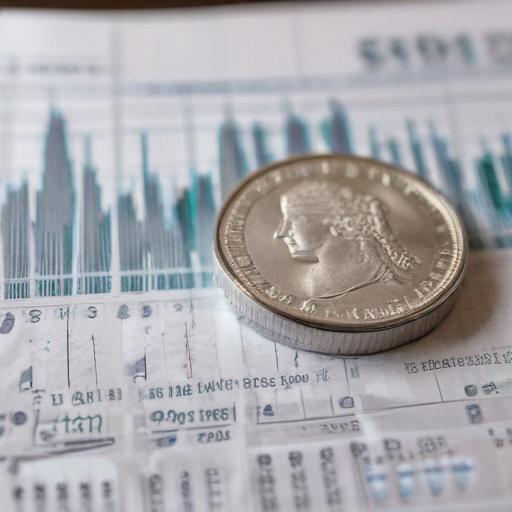Tensions between President Donald Trump and Federal Reserve Chair Jerome Powell were on display during a Thursday tour of the Fed’s renovation project in Washington, D.C. The two men clashed over the cost of the renovation, with Trump suggesting it exceeds $3 billion, a figure Powell swiftly contested as inaccurate. Powell clarified that the president’s number included expenses from a third building that had been renovated in previous years.
This visit is notable, as presidential tours of the Fed are rare, with George W. Bush being the last president to make such an appearance in 2006. The presence of Trump and several Republican officials during the tour added to the spectacle, with the president donning a white hard hat for the occasion.
During the tour, Trump reiterated his desire for the Fed to lower interest rates, which Powell has resisted as the central bank assesses the economic impact of Trump’s tariffs. With a backdrop of the costly renovation, the Trump administration has leveraged the project as a point of criticism directed at Powell, framing it as a potential failure of oversight and management.
The Fed’s renovation, originally estimated at $1.9 billion, has ballooned to $2.5 billion mainly due to inflation, higher labor costs, and adjustments in the construction schedule. Critics have labeled it as extravagant, while Powell has defended the necessity of the updates to the century-old buildings, emphasizing that the renovation addresses serious structural issues.
Despite the ongoing disputes, Trump has voiced his intention to let Powell serve out his remaining term, acknowledging he may not favor the chair’s management but also hinting at a cooperative approach moving forward. The Fed expects the renovation project to conclude by the fall of 2027, with increased security measures being a significant driver of the costs.
Overall, while the dynamics between Trump and Powell reflect ongoing challenges concerning fiscal policies and central bank independence, the completion of the renovation should enhance the functionality and safety of one of the nation’s key financial institutions, aligning it with modern standards.
